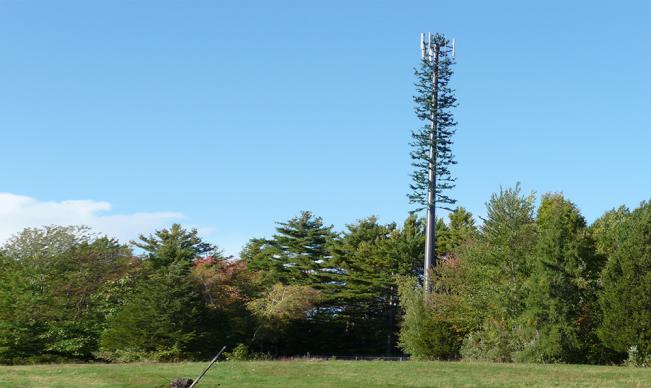
In December 2017 a new Electronic Communications Code took effect under the Telecoms legislation to make it easier for network operators to install and maintain apparatus such as phone masts, exchanges and cabinets on public and private land. This brought on a certain amount of glee from some mast operators wanting to force down site rentals – so what’s happened since?
Under the old Code, dating back to privatisation in 1984, the amount of rent payable to Landlords is calculated according to what is ‘fair and reasonable’ – arguably to the benefit of the Landlord. The new regime brings in a ‘no scheme’ valuation, in which land is now assessed on its value to the landowner rather than the operator.
The importance of mast sites to the roll out of 4G and 5G cannot be underestimated, but Claire Priestner has become concerned that an amateur approach to valuation is causing unnecessary disputes with owners of the sites associated with a Code Lease (the latter not being valued at all). She also voices concern that the funding for liabilities left when abandoning sites is not sufficiently safeguarded. The present self-certification used for OFCOM assessment of annual compliance by Telecoms Licence Holders is no guarantee in a world of audit irregularities.
Claire comments that a joint insurance reinstatement policy, based on an initial premium and tied to the owner of the site and equipment, would ensure that the sites can be adequately reinstated.
The application of the updated Code Powers.
1.In EE Ltd and another v Islington London Borough Council [2018] UKUT 361 (LC), valuation concepts were explored. As the property was only a rooftop, the case has limited application elsewhere. Compensation was assessed on a “no network” basis and the Tribunal established that there was no realistic use other than for a telecoms mast. This resulted in a nominal value although the decision cautioned that other compensation might become due arising from damage in installation or removal.
2. In Cornerstone Telecommunications Infrastructure Ltd v University of London [2018] UKUT 356 (LC), the key finding was that access “to install” apparatus is implicit in the rights under code powers so that a ransom situation cannot exist. FGP concerns on the current approach by some site operators is reflected in criticism of the Operator by Martin Rodgers QC. The letter from the operator’s sent to the university was “non-negotiable” on the Code agreement and the Tribunal referred to it as “rough wooing” with an “imperative and threatening” tone.
3. Cornerstone Telecommunications Infrastructure Ltd v Compton Beauchamp Estates Ltd [2019] UKUT 107 (LC)
In this case Cornerstone fell foul of the Code’s strict and complex set of rules over who exactly can grant agreements and upon whom the Tribunal can impose a Code Agreement. Cornerstone had continued occupation following an expired lease; it was established that the Landlord was therefore not the occupier of the land so no Code Agreement could be applied. A Code agreement can only be made between ‘the occupier of the land and the operator’.
This conclusion frustratingly means that the Tribunal did not properly consider the public benefit concept or the valuation. There was though, sufficient comment on the valuation to suggest that the Cornerstone approach of applying land values derived pro-rata from sales of hundreds of acres was not appropriate for a small plot. Comment also inferred that transactions for similar rights are relevant comparables for valuation purposes (weather stations, air traffic control stations and the like were given as examples).
Claire Priestner agrees that a, “no scheme” valuation should consider comparable equipment from beyond the telecoms arena. It should be a given, that specialist Chartered Surveyors are employed to value the land and rights associated with the Code Lease.
There will no doubt be further analysis down the line as the Cases build up. It is clear that there are still rights that operators require, missing from the current powers. The determined, rather than encouraging, negotiating tactics of the operators are delaying the roll out of 4G and 5G. Another point of interest is to see how Code Power operators will ensure that Distribution Network Operator wayleaves are agreed with the owner of a site under the current legislation, although the University of London decision may already have a bearing.
The obvious comment is that operators should seek the assistance of companies like FGP experienced in work dedicated to infrastructure negotiations for utility operators. FGP’s familiarity with the necessary processes and expectations would undoubtedly speed up progress.


